14 November 2025
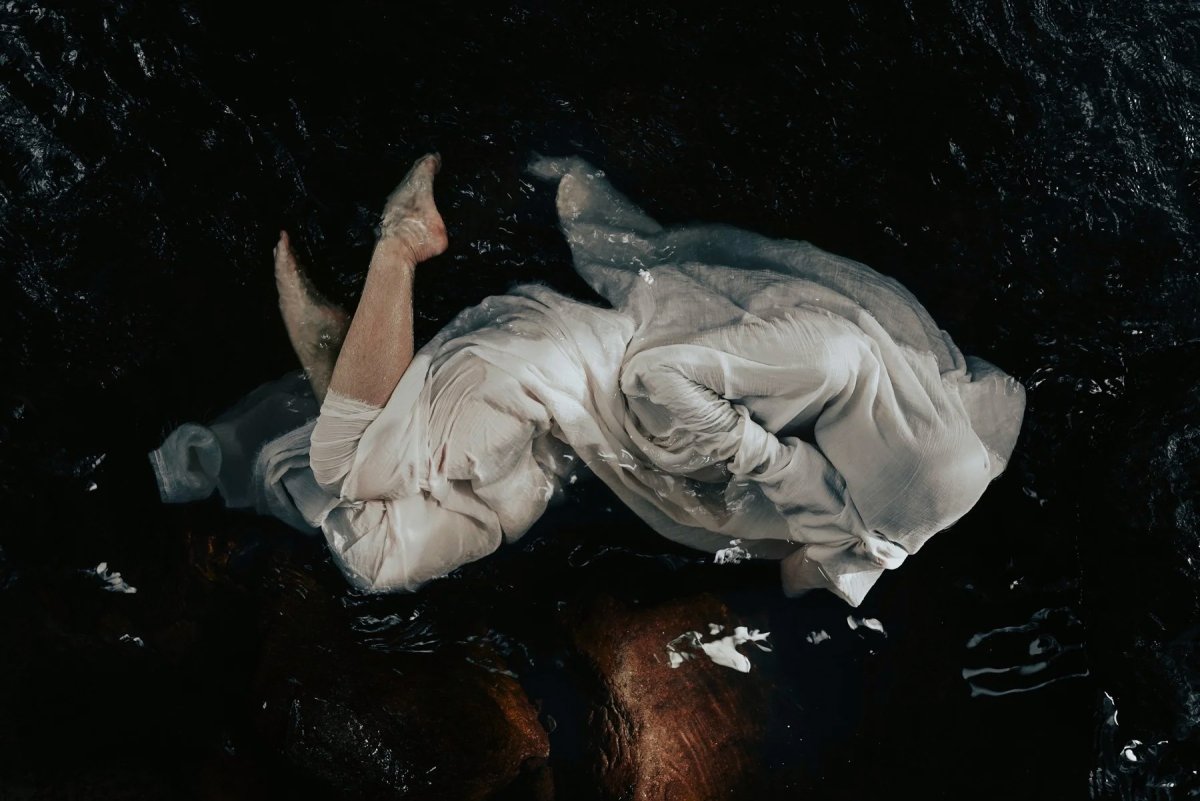
Can you share a little about your journey as an artist? How did you first find your way into visual arts, and how have your studies in Costume Production and Design shaped your practice?
My journey really began when I was eleven, with a small 35mm camera. I was instantly captivated by how the camera could frame reality, and through that framing, reveal something deeper about the way I experienced the world. That impulse remains at the heart of my practice today, with a camera as its foundation. Design taught me how to conceptualise and map complex installation environments, while costume brought the body into conversation with those environments, allowing me to explore embodiment and transformation through form.
What drew you to photography, sculpture, and film as the main mediums for expressing your ideas?
All of these mediums capture layers of motion; moments, gestures, and rhythms that unfold over time, and one naturally led to another. Photography has been foundational to my practice, and as digital cameras evolved to include film capabilities, I became interested in exploring moving images. I have always been compelled by world-making, and film offers a beautiful way to blur the lines between what is real and what is imagined. As my practice developed, I found myself increasingly drawn to creating my own worlds to inhabit, which has naturally evolved into making sculptural objects.
I hope my work invites audiences into an alternate reality, one that encourages curiosity about their own creative impulses.
Much of your work features wearable sculptures captured within natural environments. How did this distinctive way of working evolve?
It started with the desire to create a uniform for myself that was both utilitarian and also inspired me to be in the studio. There were many iterations and over time they became more complex and abstract. I became aware that every design decision affected me energetically when I wore it. I started to experiment with garments that were sculptural and changed the way my body moved to see how I could amplify certain emotional experiences through restriction or expansion. Many of these early experiments were intended to create a sense of communion with the natural world, so it made sense to bring them into the environment and observe what emerged. Ceremonial Vesture has been a fundamental human tool of ritual across time, this work is in keeping with that tradition.
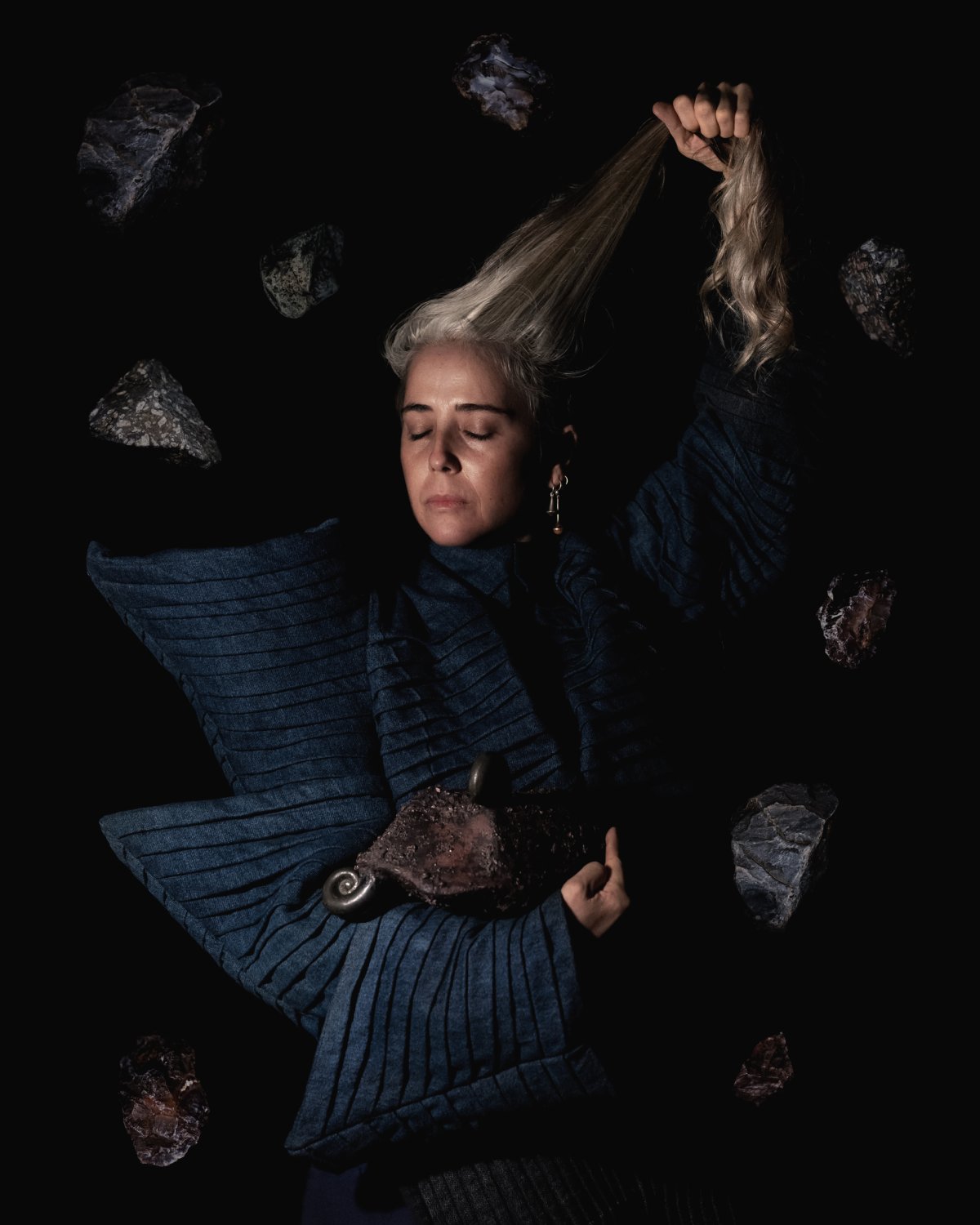
You live and work in the Northern Rivers, surrounded by rainforest. How does this environment influence your creative process and the themes you explore?
The rainforest on Moorang-Moobar Country is such an incredible place. I’ve learnt so much about resilience, adaptability, and interconnectedness from watching the forest move through its cycles and rhythms. This constant motion and regeneration deeply inspire my creative process. There’s a strong sense that everything we do carries deeper meaning when approached relationally. It’s through this entanglement that questions emerge, questions that guide new ways of making and thinking.
Moon Pool began with a longing to move between worlds and to explore the spaces where life, loss, and renewal are held in quiet communion.
Your work uncovers the connections between visible and hidden forces within the world. What is important to you about these elements and how do you hope audiences will experience these themes?
Being human can be a surreal experience, and it feels fundamental to me to share that with others. The impulse to express these liminal spaces—like dreamscapes—comes from the understanding that the unseen carries both resonance and potential. I hope my work invites audiences into an alternate reality, one that encourages curiosity about their own creative impulses.
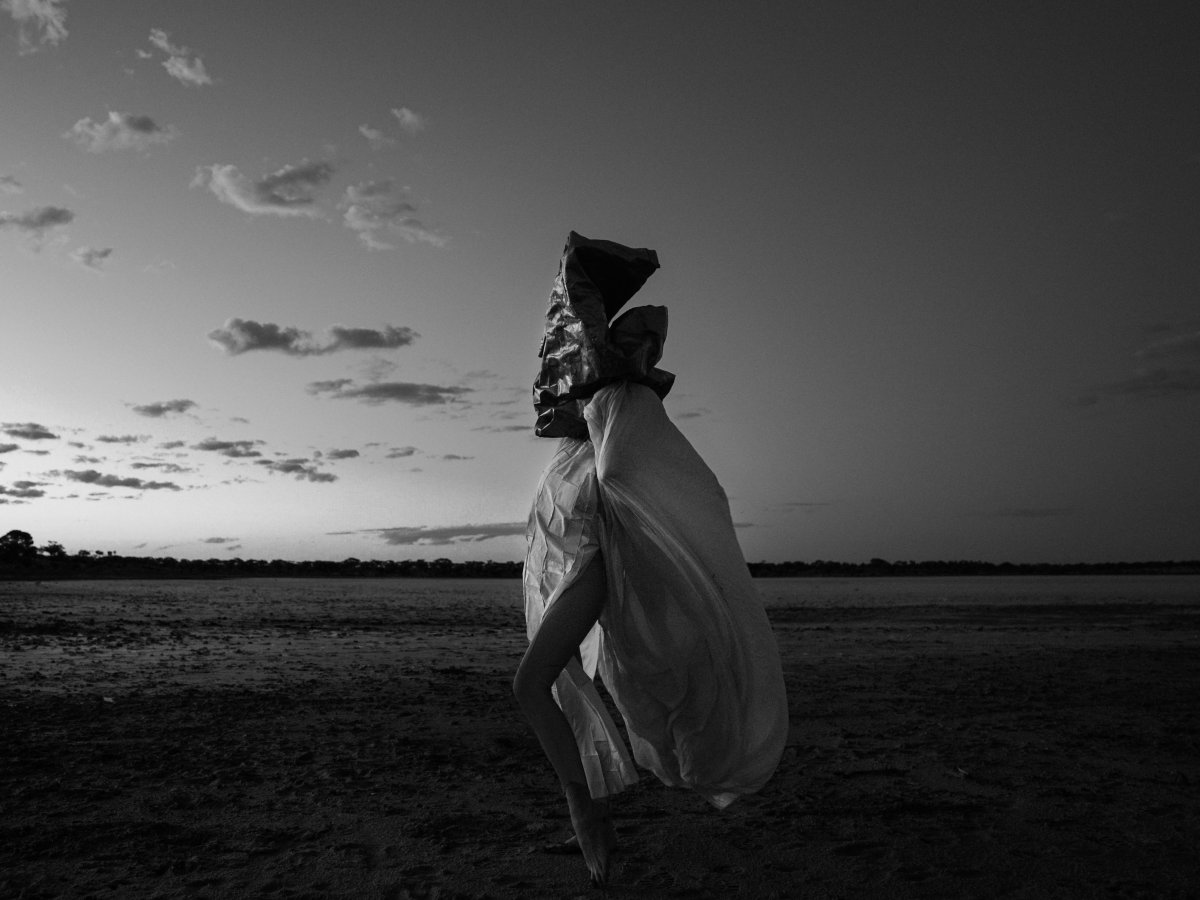
Can you walk us through your creative process? Where does a new work begin for you, and how do you know when it’s complete?
My creative process begins with a place, a material, and a line of enquiry. This then shifts into research and experimentation, which can go on for years, before culminating in the installation of an environment to inhabit. For me the work is complete after the installation is inhabited. On some level though the work continually flows from one thing to the next; it’s never truly finished, but a constantly evolving dialogue.
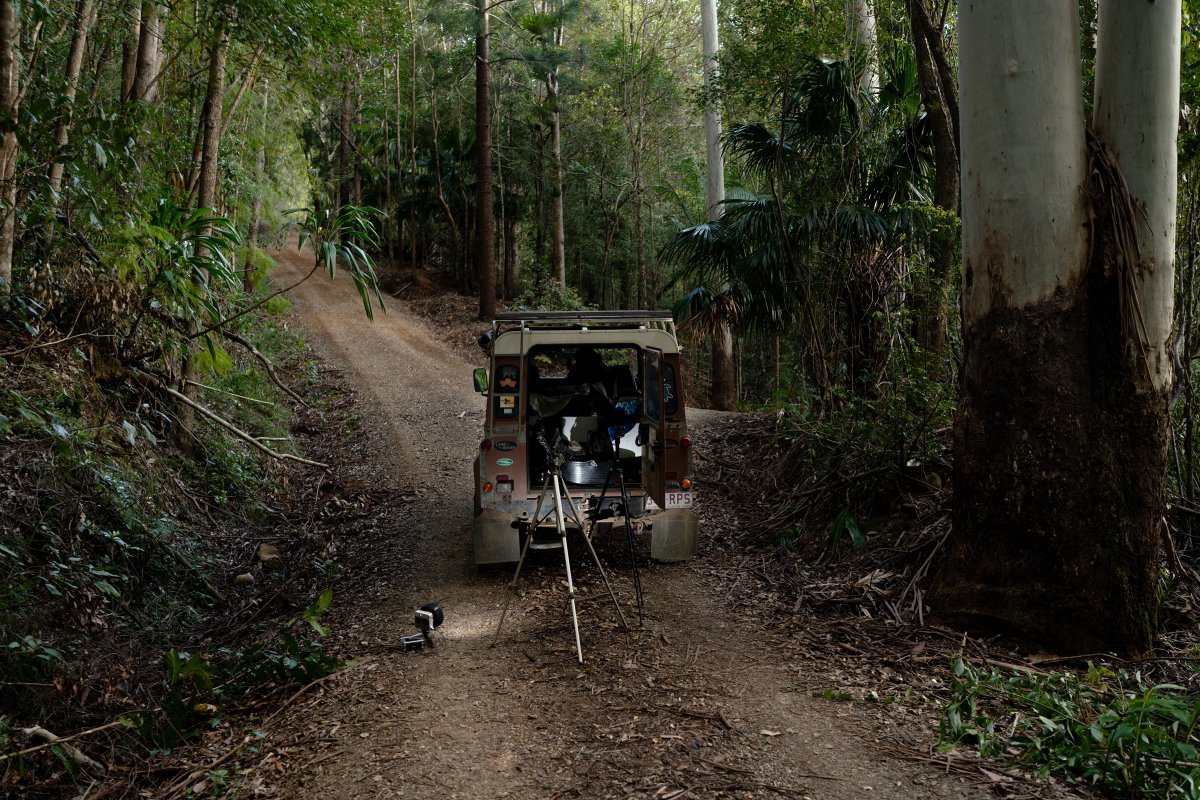
Looking back, was there a particular moment or project that felt like a breakthrough in your artistic journey, a point where things started to build momentum and led to opportunities like showing work at Museum of Modern Art (MoMA) in New York, the School of the Art Institute of Chicago (SAIC)?
That pivotal moment came for me in 2012, with my first site-based installation, Strike Camp. For this project I fully honoured all of my creative impulses, creating something both multidisciplinary and site-specific. This project led to a residency at Mildred’s Lane in New York, where I spent three summers as an artist in residence. Opportunities at MoMA and SAIC arose from the collaborative work I developed during my time there and I have kept the momentum going since.
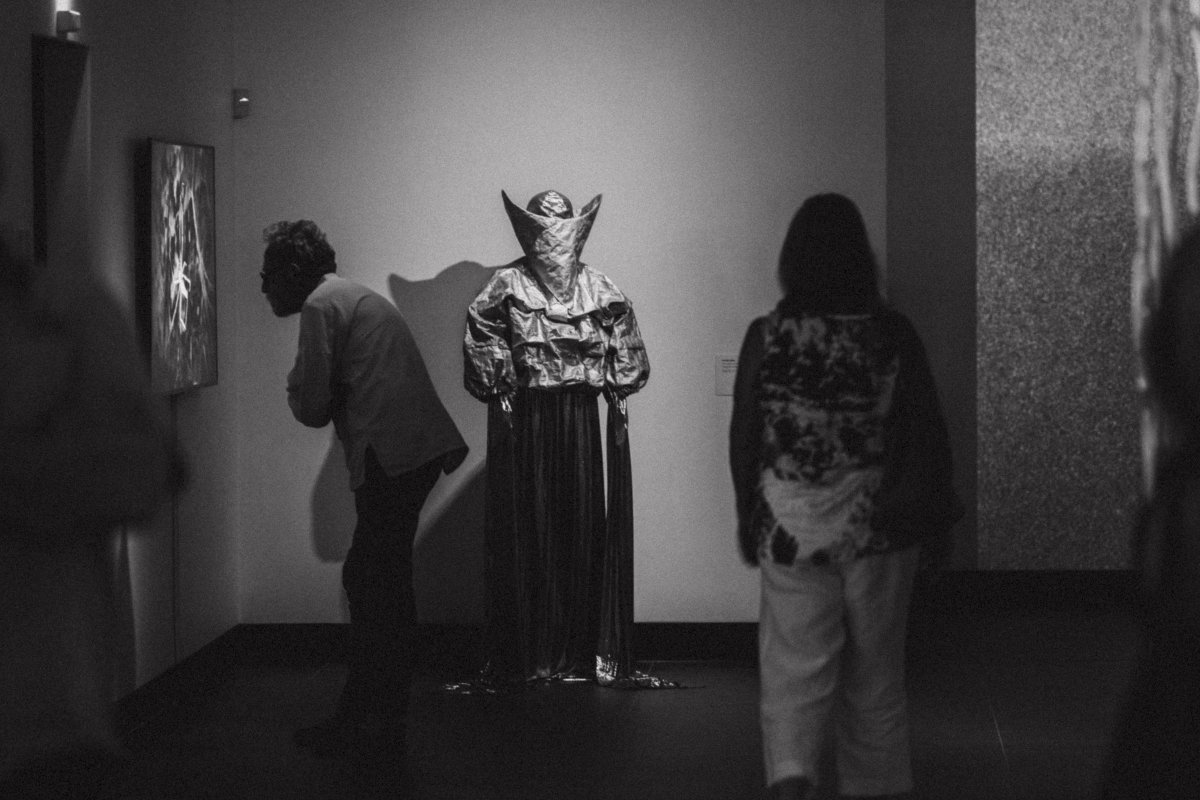
Your upcoming exhibition Moon Pool opens soon at Lone Goat Gallery (on 29 November). What inspired this body of work, and what can visitors expect to experience?
Moon Pool began with a longing to move between worlds and to explore the spaces where life, loss, and renewal are held in quiet communion. It looks toward the field of potential that exists before form—where everything waits to become, gather, dissolve, and reform—while also interrogating the anchors that keep us bound.
Visitors can expect an immersive experience combining photographic prints, sculptural forms, and film. It will feel like stepping into the darkness of the forest, where body, material, and landscape entwine. The work invites audiences to consider their own relationship to transformation, memory, and the natural world, and to recognise the richness and possibility in the spaces between things.
What’s one piece in your current collection that holds special significance for you, and why?
The garment featured in Act 2 of Moon Pool, titled Geodesic, holds special significance for me because it is a site of personal memory and transformation. There’s a sense of being both protected and constricted by our memories that becomes palpable when wearing it. This amplification of emotion through the embodied act of wearing a garment is something I’m continually striving to create.
The work invites audiences to consider their own relationship to transformation, memory, and the natural world, and to recognise the richness and possibility in the spaces between things.
What’s next for you? Can you give us a glimpse into any projects you’re currently working on?
I am completely captivated by the clay and rocks that surround me here in the forest. I plan to continue experimenting with the endless colours and forms that are held within the natural materials of this landscape, and to expand the practice from the pieces featured in the show into wearable adornments.
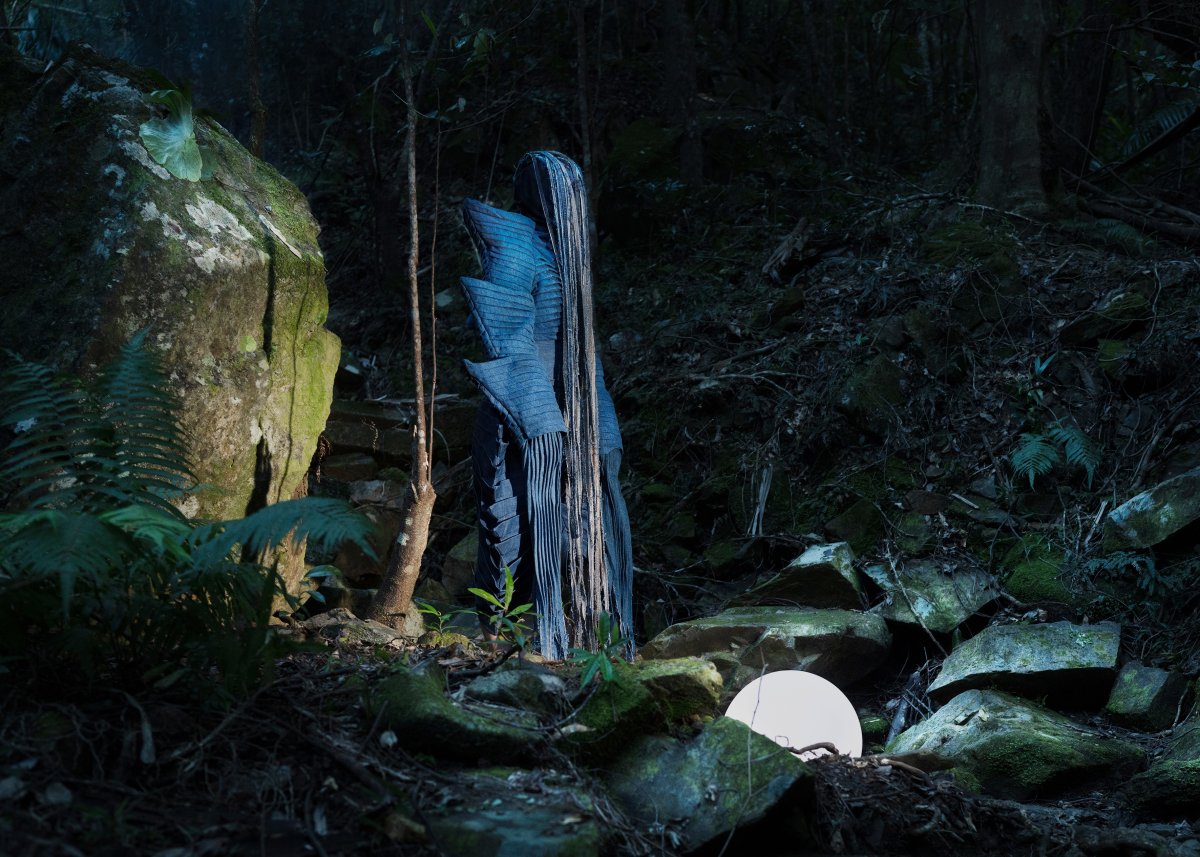
Exhibition:
November 29, 2025 – January 10, 2026
Lone Goat Gallery, Byron Bay
Opening Event:
Saturday 29 November, 6 – 8pm
Artist Workshop – Pocket Altars with Natalie Wilkin:
Saturday 10 January, 1 – 4pm (Free)